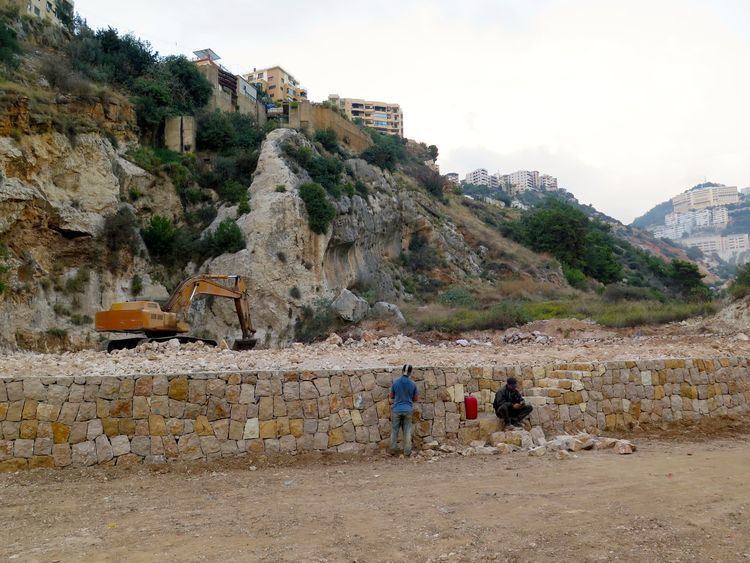Alternate name Ksar 'Aqil | Type Rock Shelter | |
 | ||
Cultures Transitional/Initial Upper Palaeolithic, Ahmarian Northern Facies, Levantine Aurignacian, Antelian Excavation dates 1937-1938, 1947-1948, 1969-1975 Periods Middle Paleolithic, Upper Paleolithic | ||
Ksar Akil is an archeological site 10 km northeast of Beirut in Lebanon. It is located about 800 m (2,600 ft) west of Antelias spring on the north bank of the northern tributary of the Wadi Antelias. It is a large rock shelter below a steep limestone cliff.
Contents
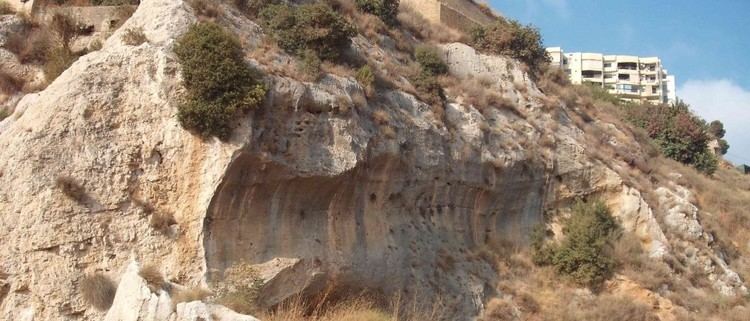
It was first noticed by Godefroy Zumoffen in 1900 and first studied by A. E. Day in 1926 then first systematically excavated by J.G. Doherty, S.J., and J.F. Ewing, S.J., in 1937-1938 and again in 1947-1948, then later by Jacques Tixier in 1969-1975 before research was interrupted by the Lebanese Civil War.
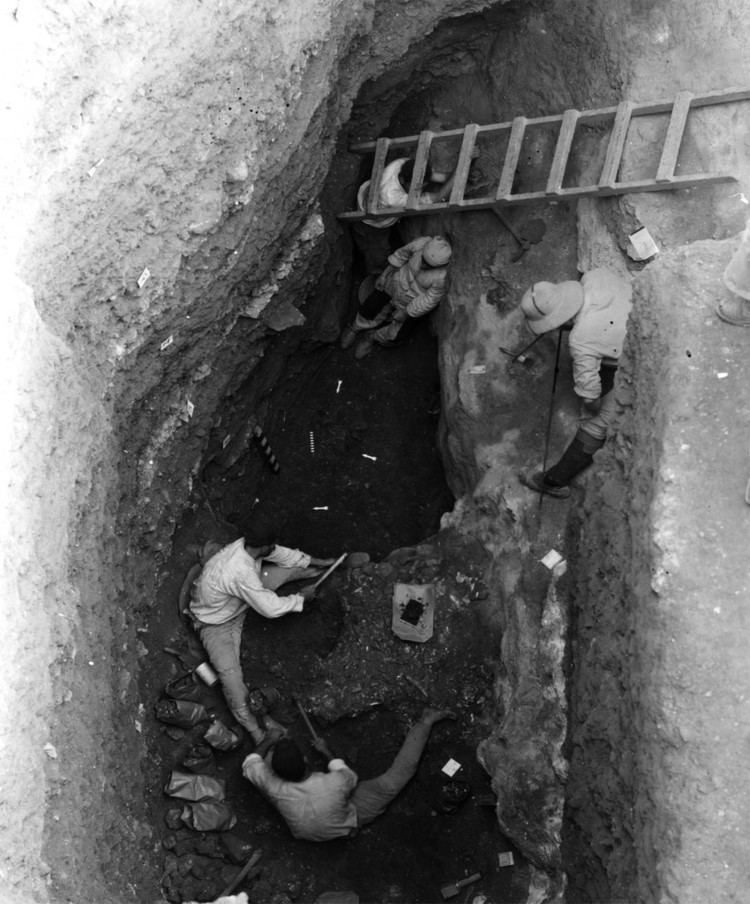
Excavations showed occupational deposits reaching down to a depth of 23.6 m (77 ft) with one of the longest sequences of Paleolithic flint industries ever found in the Middle East. The first level of 8 m (26 ft) contained Upper Levalloiso-Mousterian remains with long and triangular Lithic flakes. The level above this showed industries accounting for all six stages of the Upper Paleolithic. An Emireh point was found at the first stage of this level (XXIV), at around 15.2 m (50 ft) below datum with a complete skeleton of an eight-year-old Homo sapiens (called Egbert, now in the National Museum of Beirut after being studied in America) was discovered at 11.6 m (38 ft), cemented into breccia. A fragment of a Neanderthal maxilla was also discovered in material from level XXVI or XXV, at around 15 m (49 ft). Studies by Hooijer showed Capra and Dama were dominant in the fauna along with Stephanorhinus in later Levalloiso-Mousterian levels.
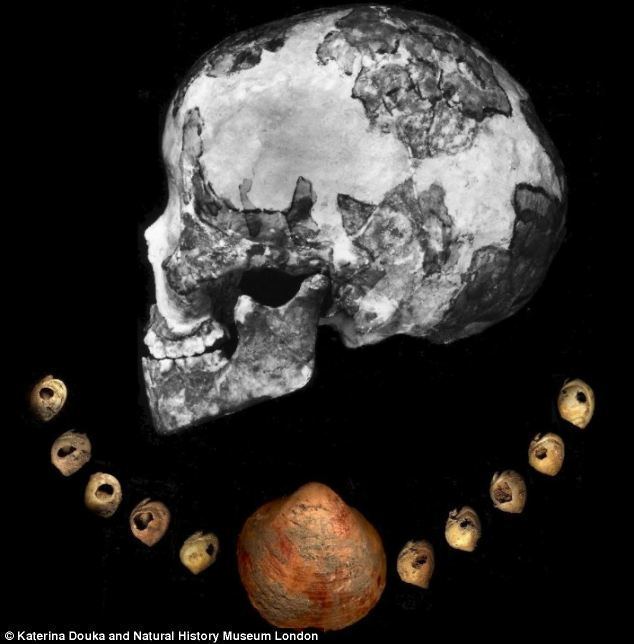
It is believed to be one of the earliest known sites containing Upper Paleolithic technologies including Aurignacian. Artifacts recovered from the site include Ksar Akil flakes, the main type of tool found at the site, along with shells with holes and chipped edge modifications that are suggested to have been used as pendants or beads. These indicate that the inhabitants were among the first in Western Eurasia to use personal ornaments. Results from radiocarbon dating indicate that the early humans may have lived at the site approximately 45,000 years ago or earlier. The presence of personal ornaments at Ksar Akil is suggestive of modern human behavior. The findings of ornaments at the site are contemporaneous with ornaments found at Late Stone Age sites such as Enkapune ya muto.
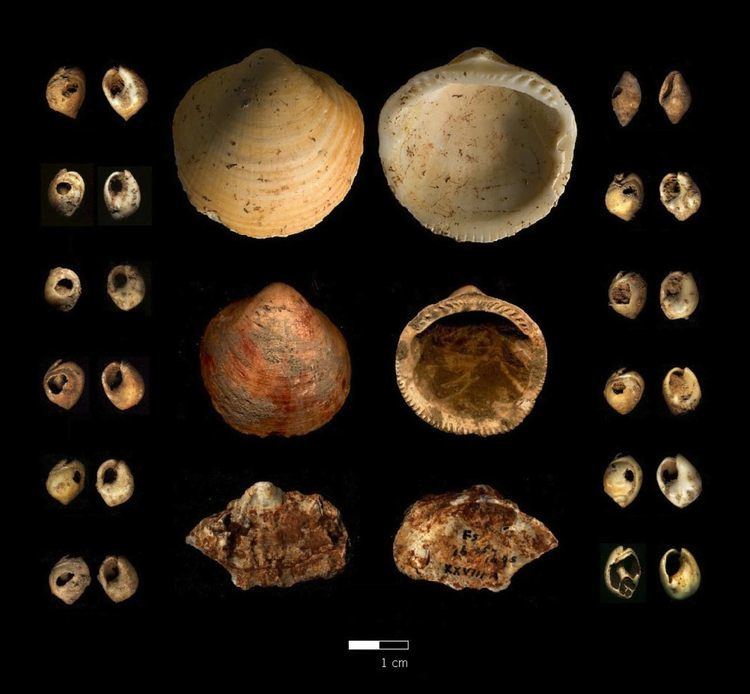
The site was rescued from burial under the sludge of gravel-making machines in 1964 by the Department of Antiquities, although is mostly unrecognizable due to quarrying operations with its talus buried under tons of soil.
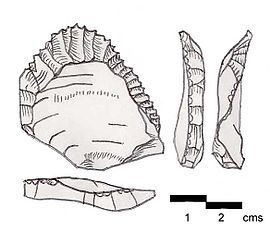
Monographs
